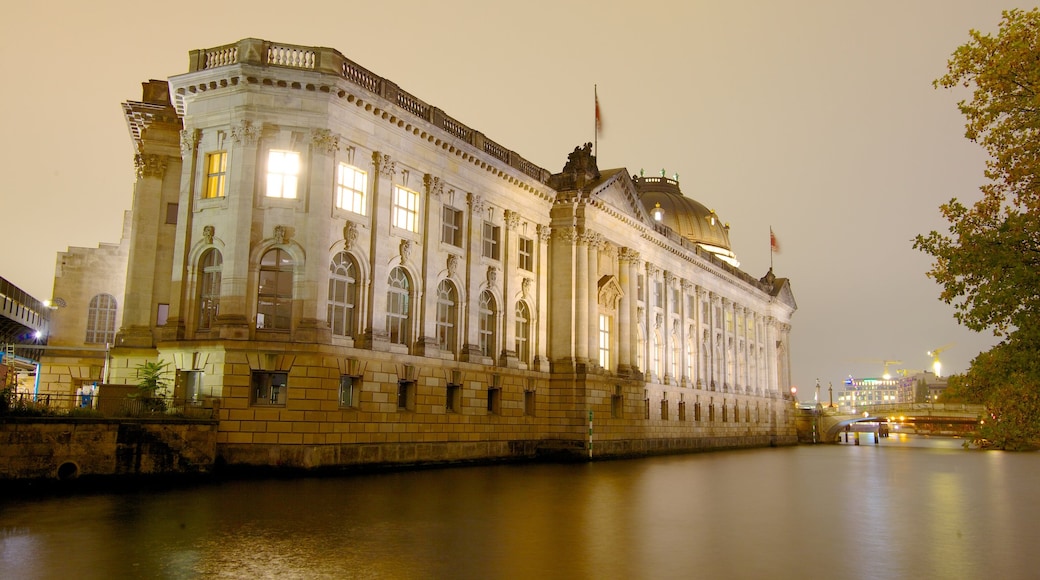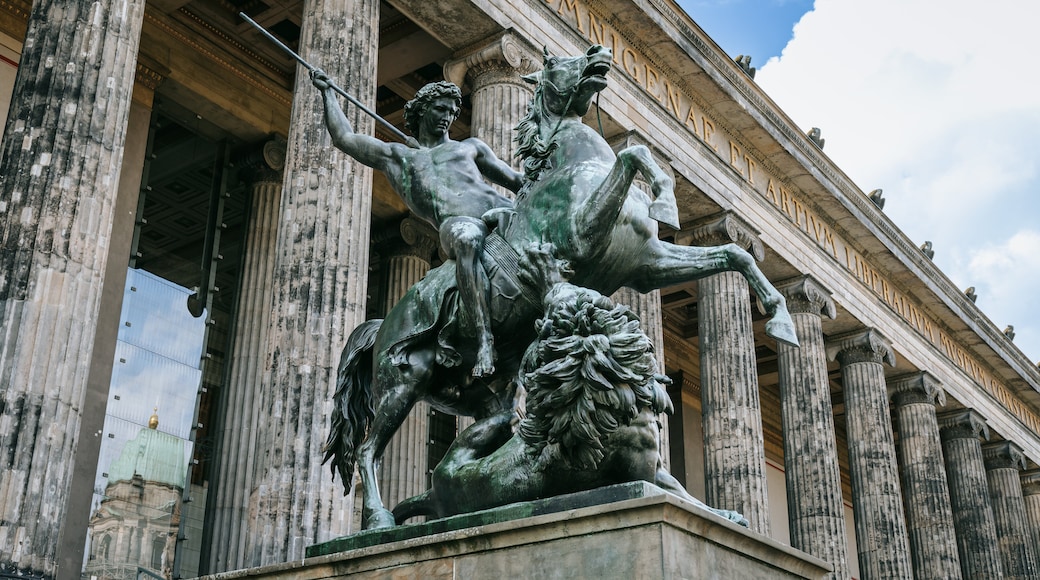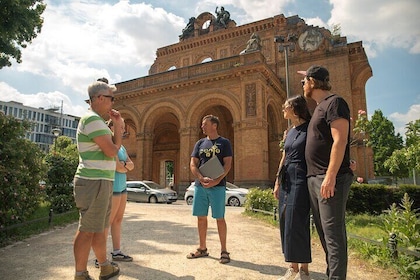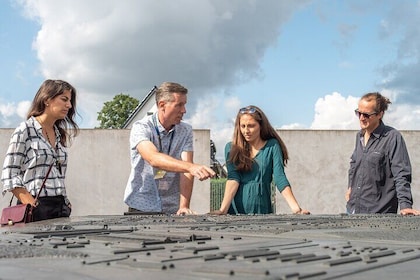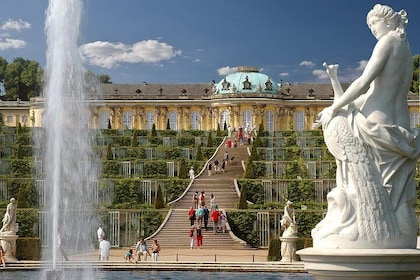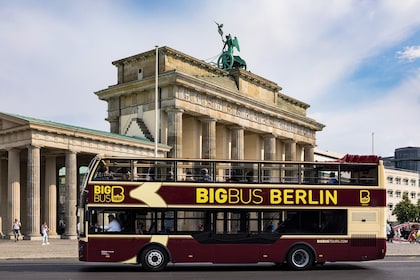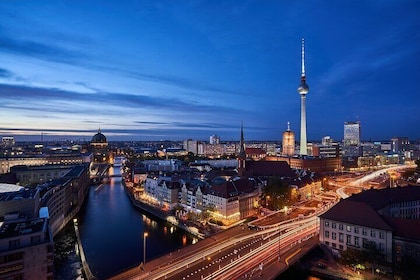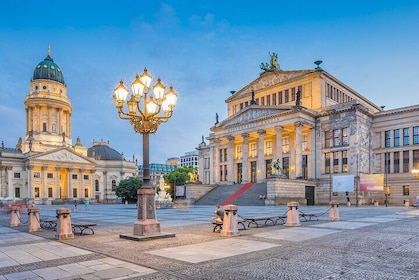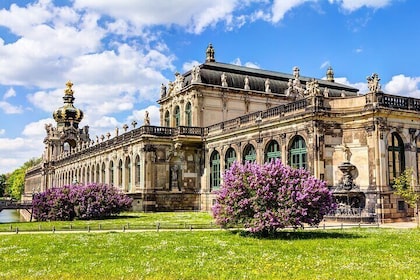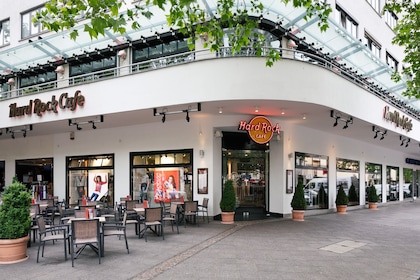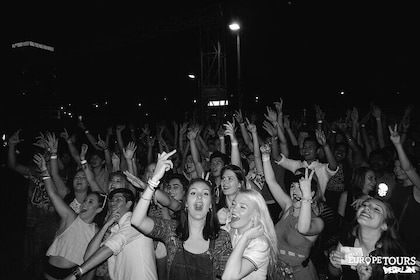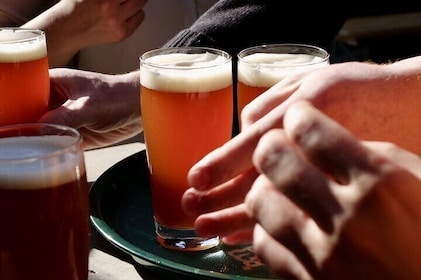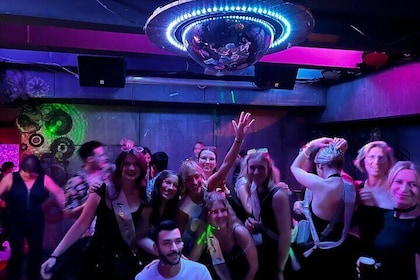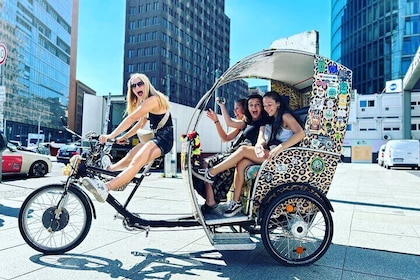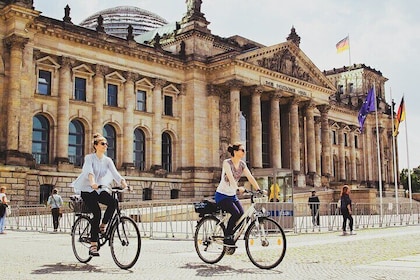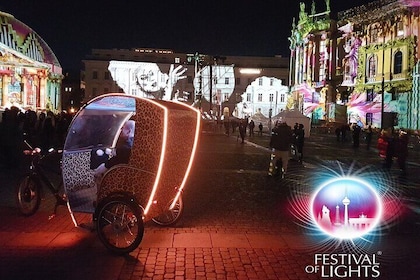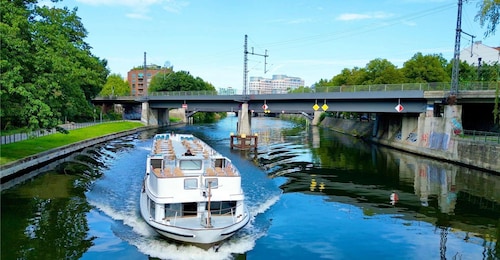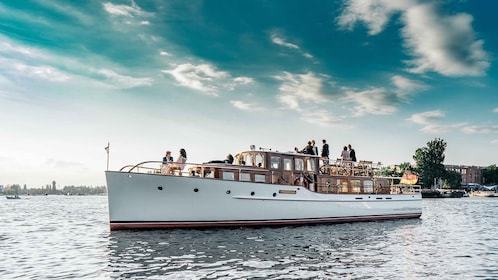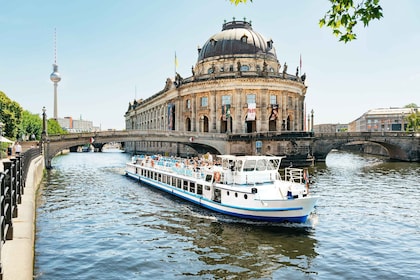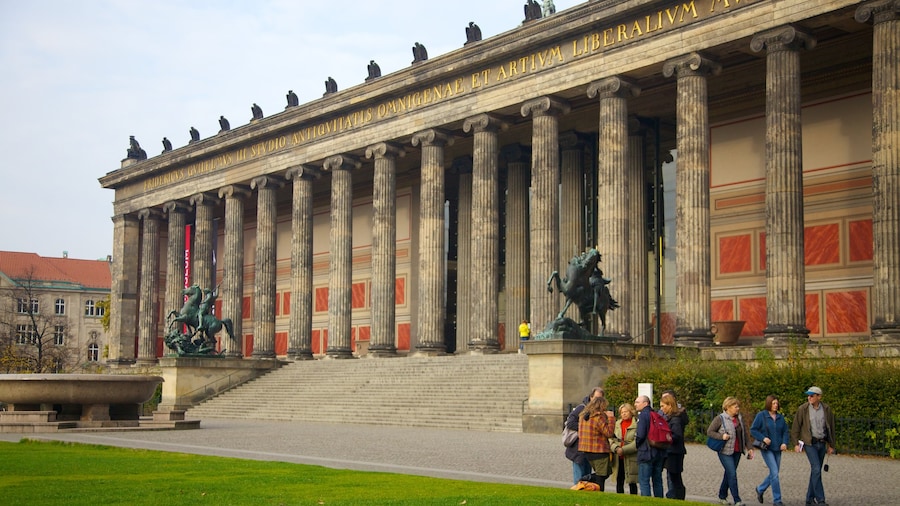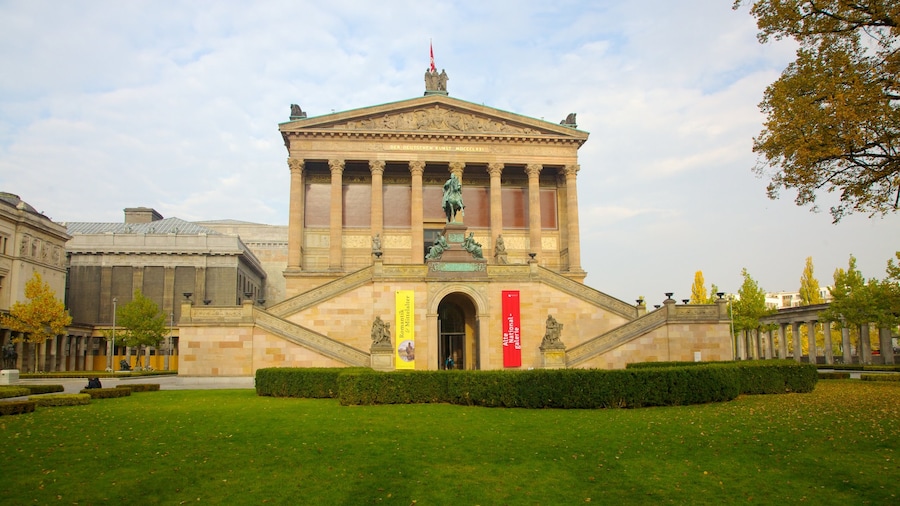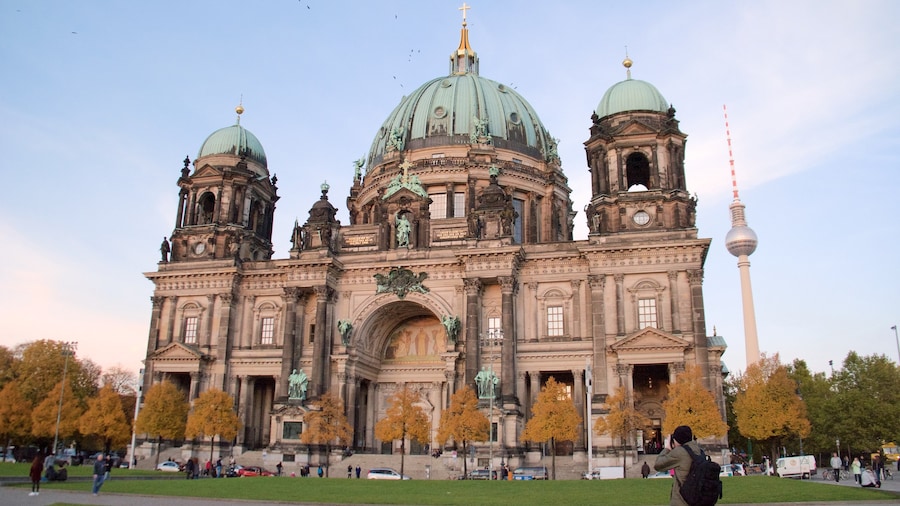To journey through the art and culture of nearly 6,000 years of civilisation, just visit this world-heritage listed island.
Museum Island (Museumsinsel) is located in central Berlin in the River Spree. The island, as the name would suggest, boasts a collection of excellent museums. In particular, there are five world-class museums located at the northern end of the island, which were built between 1824 and 1930. It is not merely the content of the museums that is of interest—the architectural value of the buildings is also vast, and they also reflect an evolution in the design of contemporary museum development.
A logical way to approach the five museums is to start with the oldest and work your way through to the newest. Start at the Altes Museum, a neoclassical sandstone structure, which was originally constructed in order to house the vast art collection of the Prussian royal family. Designed to imitate classical Greek architecture, the eighteen columns at the front of the building will instantly bring the Pantheon in Athens to mind.
The next museum on the list is the Neues Museum, whose content is focused on the artifacts, furniture and sculptures of Ancient Egypt. There are numerous exciting exhibits within the Neues Museum, but the bust of the Egyptian queen Nefertiti from the 14th century BC (over 3000 years old) is a particular highlight.
The Alte Nationalgalerie in an absolute treasure trove of paintings and sculpture. Not only that, but several schools and eras of art are covered in the museum, with the French impressionist work of Claude Monet particularly prominent.
The fourth museum on the island, the Bode Museum, is possibly the most spectacular building of the three—a neoclassical masterpiece. Once you get inside the museum, you’ll find a collection of ancient Byzantine art, Renaissance sculpture and a multitude of works by the classic canon of European artists.
The final museum on the island is the Pergamon Museum, which was completed in 1930. This is often considered to be Germany’s most famous museum, and houses some vast and invaluable pieces of ancient architecture and Islamic Art from the Middle East.
Museum Island is an unmissable experience, and easily accessible by tram, bus, and U-Bahn and S-Bahn trains.
